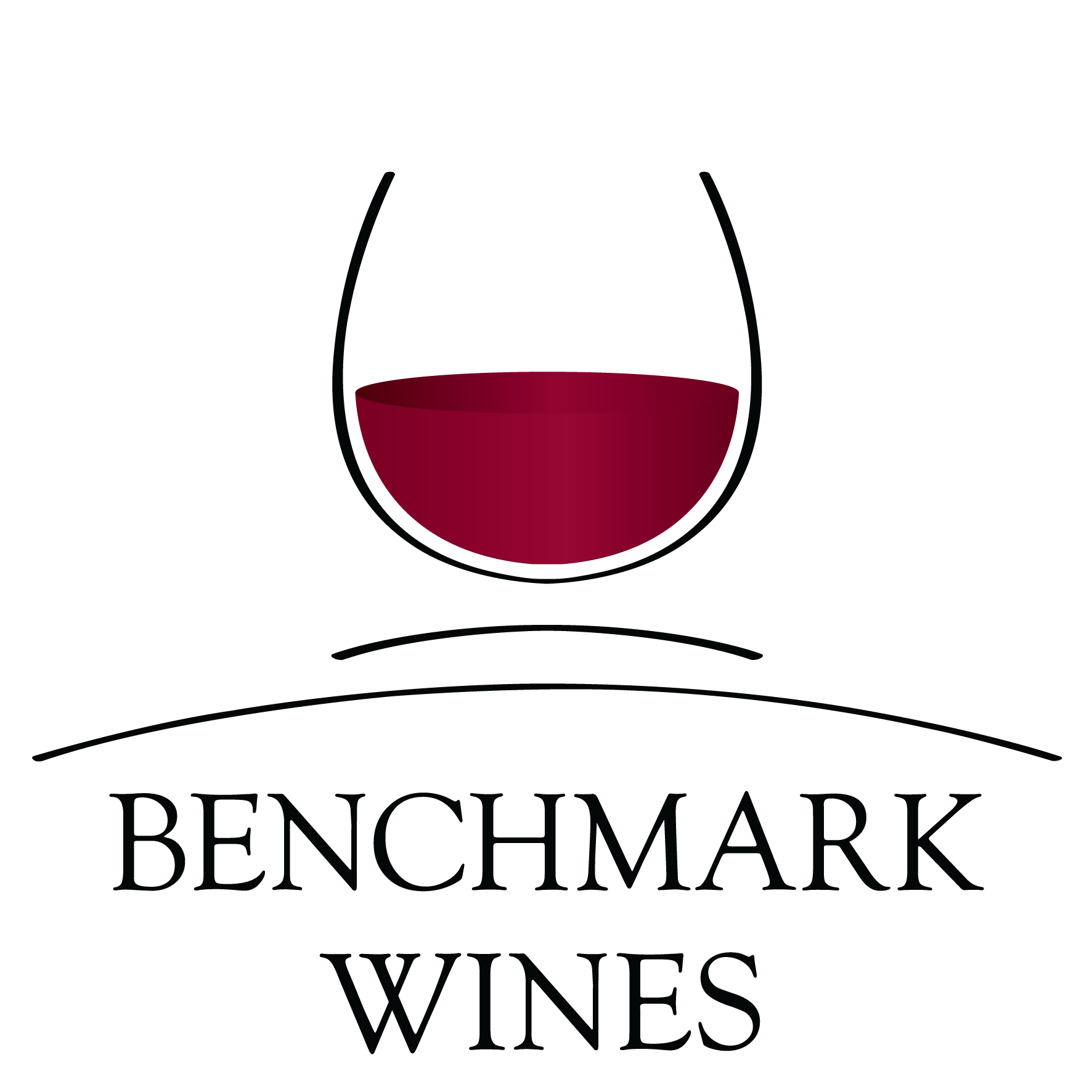Wine tasting is not just about enjoying a glass; it's an immersive experience that invites you to explore the intricate flavors, aromas, and textures of each unique bottle. Whether you're just starting or have been sipping for years, grasping the subtleties of wine tasting can truly elevate your appreciation and knowledge. This guide is here to walk you through everything you need to enhance your tasting journey, from the essential steps to more advanced techniques, ensuring each session is both enjoyable and enlightening.
Understanding the Basics of Wine Tasting
To truly appreciate a wine, you’ll want to engage your senses by examining its appearance, inhaling its aroma, savoring its taste, and reflecting on its finish. By following a structured approach, you can better appreciate the complexities of different wines.
The Five S’s of Wine Tasting
- See: Observe the wine’s color and clarity. Start by swirling the glass – this helps reveal how the wine interacts with light.
- Swirl: Gently swirling the wine releases its aromas, enhancing the olfactory experience.
- Smell: Inhale deeply to identify the various scents, such as fruity, floral, or earthy notes.
- Sip: Take a small sip and allow it to coat your palate so you can pick up on its distinct flavors and texture.
- Savor: Consider the finish and the flavors that linger after you’ve swallowed.
Choosing the Right Glassware
The shape and size of your wine glass can significantly impact your tasting experience. Use a glass with a large bowl for red wines to allow for aeration and a smaller bowl for white wines to maintain their crispness.
Read: Wine Snobs Are Right: Glass Shape Does Affect Flavor
Exploring Different Wine Varieties

Understanding the characteristics of various wine types can help you make informed choices during tastings.
Red Wines
Red wines are typically rich and robust, with flavors ranging from dark berries to spices. Some common red varieties you'll encounter include Cabernet Sauvignon, Merlot, and Pinot Noir
- Cabernet Sauvignon: Full-bodied with notes of blackcurrant, cedar, and tobacco.
- Merlot: Softer and fruitier, featuring flavors of plum, cherry, and chocolate.
- Pinot Noir: Light to medium-bodied with red fruit flavors and earthy undertones.
White Wines
White wines are generally lighter and more refreshing, with flavors that can range from citrusy to floral. Popular white wines like Chardonnay, Sauvignon Blanc, and Riesling.
- Chardonnay: Can be oaked or unoaked, offering flavors from apple and pear to vanilla and butter.
- Sauvignon Blanc: Crisp and acidic with notes of lime, green apple, and grass.
- Riesling: Often sweet or off-dry, with flavors of peach, apricot, and honey.
Organic Wines
Organic wines are made from grapes cultivated without synthetic pesticides, herbicides, or fertilizers. These wines often emphasize natural fermentation processes, resulting in unique and vibrant flavors.
- Benefits: Healthier for the environment and potentially better for your health.
- Flavor Profile: Can vary widely but often have a more pronounced expression of terroir and natural grape characteristics.
Sparkling and Rosé Wines
Sparkling wines like Champagne and Prosecco are effervescent and celebratory, while rosé wines offer a balance between red and white, with fruity and floral notes.
- Champagne: Dry and bubbly with flavors of citrus, almond, and toast.
- Prosecco: Light and fruity with flavors of green apple and pear.
- Rosé: Versatile with flavors ranging from strawberries and cherries to melon and citrus.
Advanced Wine Tasting Techniques
For those looking to deepen their wine tasting skills, consider these advanced techniques:
Blind Tasting
Blind tasting involves sampling wines without knowing their identity, allowing you to focus solely on the sensory experience. This method helps eliminate bias and improves your ability to identify different wine characteristics.
Comparative Tasting
Comparative tasting involves tasting two or more wines side by side to compare their attributes. This technique is useful for understanding the differences between wine varieties, regions, or vintages.
Vertical and Horizontal Tastings
- Vertical Tasting: Sampling different vintages of the same wine to observe how it evolves over time.
- Horizontal Tasting: Tasting wines from the same vintage but different producers or regions to compare their unique styles.
Tips for Hosting a Successful Wine Tasting
If you're looking to host a wine tasting event, it can be a joyful and educational occasion for you and your guests. Follow these tips to ensure a smooth and enjoyable event:
Set the Right Atmosphere
Create a comfortable and relaxed environment with adequate lighting and minimal distractions. Use neutral-colored table linens to avoid color interference with the wine’s appearance.
Provide Tasting Notes and Scorecards
Provide guests with tasting notes and scorecards to help them record their observations and preferences. This enhances the interactive aspect of the tasting and facilitates discussions.
Offer a Variety of Wines
Include a diverse selection of wines to showcase different styles, regions, and grape varieties. This variety keeps the tasting interesting and allows guests to explore new flavors.
Pair Wines with Appropriate Food
pairing your wines with complementary foods can significantly enhance the overall tasting experience. Offer a selection of cheeses, fruits, nuts, and light appetizers that complement the wines being sampled.
Read: 7 Wine Tasting Tips Nobody's Gonna Tell You
Bottom Line
Wine tasting is a rewarding journey that deepens your appreciation for the intricate world of wines. By mastering the basics and exploring advanced techniques, you can enhance every tasting experience. Whether you're expanding your palate or hosting a sophisticated tasting event, understanding the nuances of wine tasting allows you to fully enjoy each bottle's unique qualities. Embrace the art of wine tasting to unlock a richer and more fulfilling wine experience, ensuring that every sip is as enjoyable and memorable as possible.


































